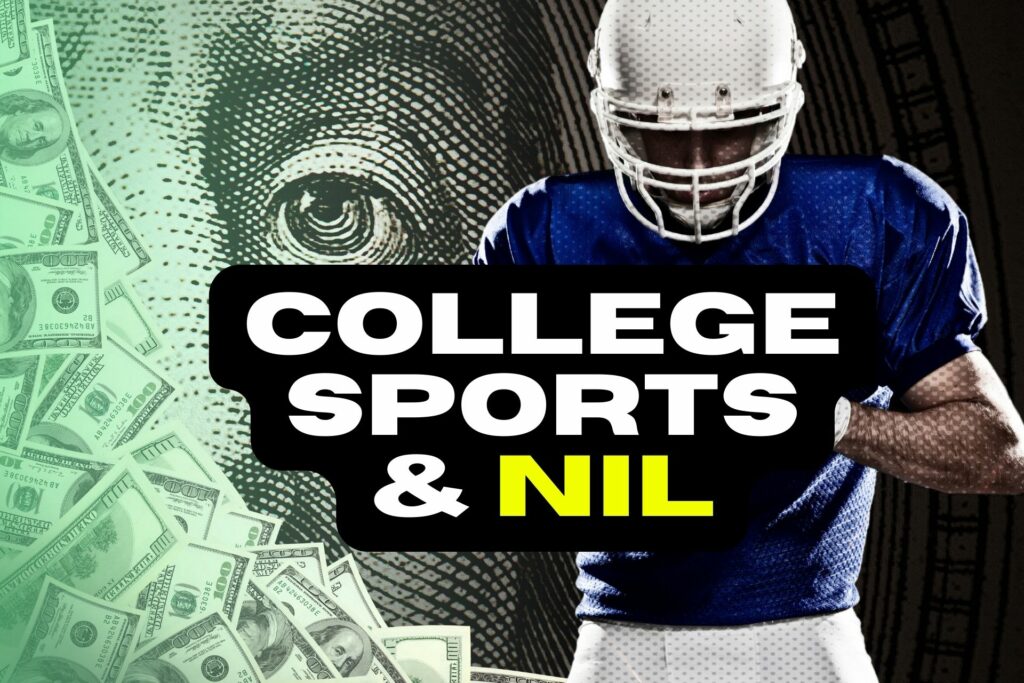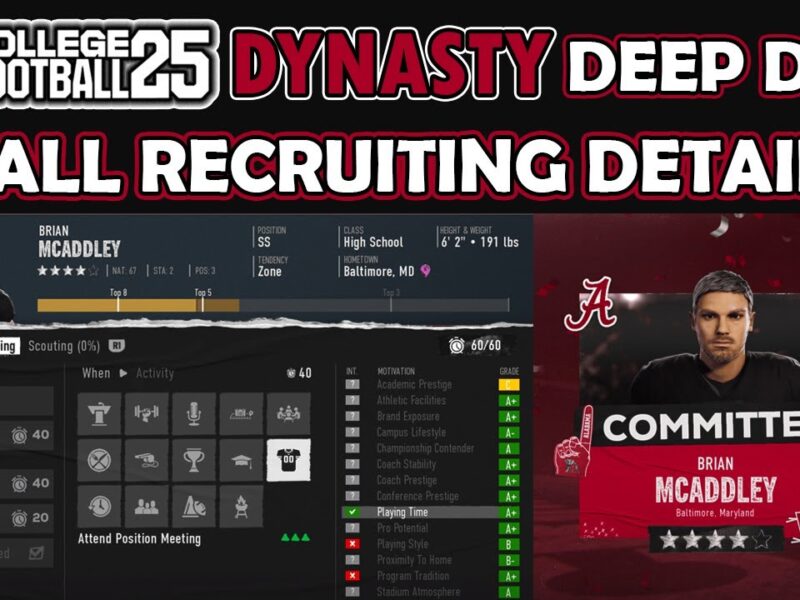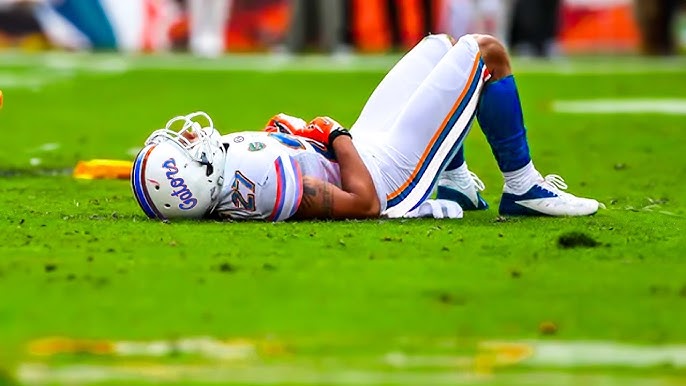For decades, the pitch from college football coaches to top recruits centered around familiar themes: tradition, facilities, coaching prowess, academic support, potential playing time, and the pathway to the NFL. While those factors absolutely still matter, a powerful new element has fundamentally reshaped the recruiting landscape: Name, Image, and Likeness (NIL).
The ability for student-athletes to profit from their own brand, legalized by the NCAA in 2021 following state laws and court rulings, hasn’t just changed the college experience – it has profoundly altered how players are recruited. What was once implicitly understood (the value of playing for a big program) is now explicit and, crucially, monetizable before a player even steps on campus.

Here’s how NIL deals are impacting college football recruiting:
1. The Elephant in the Room: Financial Potential is Now an Open Topic
This is the most obvious change. NIL opportunities – potential earnings from endorsements, appearances, social media, etc. – are now a direct part of the recruiting conversation.
- The Pitch: Recruiters can now legally discuss the NIL ecosystem surrounding their program. They can highlight successful deals current players have secured and showcase the marketability that comes with playing for their specific school or in their city.
- The Question: Recruits and their families are actively asking about NIL potential, seeking information on average deal values, types of opportunities available, and the support systems in place to help manage deals.
2. The Rise and Influence of NIL Collectives
Perhaps the most significant structural change driven by NIL in recruiting are “collectives.” These are independent organizations, often founded by boosters and alumni, specifically designed to pool funds and facilitate NIL deals for a school’s athletes.
- How they work: Collectives often solicit donations from fans and businesses, then arrange contracts with athletes for various services (appearances, social media posts, charity work, etc.).
- Recruiting Impact: Well-funded collectives associated with major programs can offer significant, often substantial, NIL packages. This essentially creates a baseline financial expectation for top recruits considering certain schools. The strength and organization of a school’s collective(s) have become a major recruiting tool – or disadvantage.
3. Shifting Competitive Landscape & Potential Imbalance
NIL has introduced a new variable that can exacerbate existing disparities or even create new ones.
- “Haves” vs. “Have-Nots”: Programs with large, passionate, and wealthy fanbases often have more robust collectives and local marketing opportunities, potentially giving them a significant financial edge in recruiting over smaller programs or those in less affluent markets.
- Accelerated Rebuilds/Sustained Dominance: NIL allows programs to potentially attract top talent (including transfers) more quickly, potentially accelerating rebuilds or helping dominant programs maintain their edge by securing elite players who might have previously gone elsewhere.
4. Blurring Lines and “Pay-for-Play” Concerns
While NCAA rules explicitly forbid direct “pay-for-play” (paying an athlete simply to attend or play for a school) and NIL deals are supposed to be for actual services rendered, the reality is complex.
- Inducements: The line between discussing legitimate NIL potential and offering deals contingent upon enrollment can be blurry. Critics argue that some large collective deals function as de facto recruiting inducements.
- Lack of Uniformity/Transparency: NIL regulations vary by state, and there’s little national standardization or transparency regarding deal amounts, making it difficult to track and regulate effectively. This fuels suspicion and debate.
5. Impact on Traditional Recruiting Factors
NIL doesn’t operate in a vacuum. It interacts with, and sometimes overshadows, traditional factors:
- Coaching Relationships: Still vital, but now coaches must also navigate NIL expectations and manage potential locker room dynamics related to disparate earnings.
- Development & NFL Pipeline: These remain crucial selling points, but a significant NIL offer might sway a recruit even if another program has a slightly better track record of development.
- Playing Time: Early playing time can boost NIL value, making it an even more attractive pitch.
6. Influence on the Transfer Portal
While this post focuses on traditional high school recruiting, NIL is arguably an even bigger factor in the Transfer Portal. Players already in college may transfer seeking better NIL opportunities, which in turn influences how many spots programs need to fill via high school recruiting versus the portal.
The Bottom Line: A New Recruiting Reality
NIL has irrevocably changed college football recruiting. It has added a significant, complex, and often controversial financial dimension to a process already filled with intense competition. While factors like coaching, culture, and development remain important, the potential for earning significant money through NIL is now a primary consideration for many top prospects.
Schools, coaches, and boosters are scrambling to adapt, build robust NIL infrastructures (often via collectives), and navigate the murky regulatory waters. Love it or hate it, understanding the impact of NIL is essential to understanding who gets recruited where, and why, in modern college football. The art of the recruiting pitch now includes a financial portfolio alongside the playbook.
What are your thoughts on NIL’s impact on recruiting? Has it improved the college football landscape or created more problems? Share your perspective in the comments!

